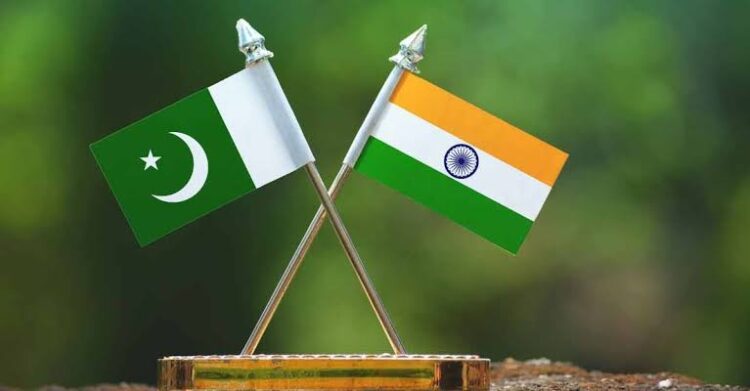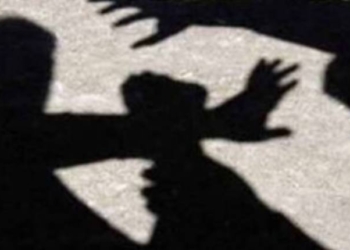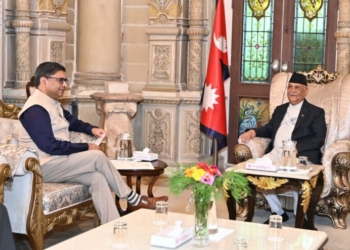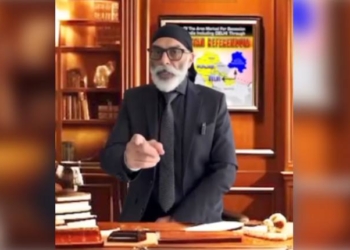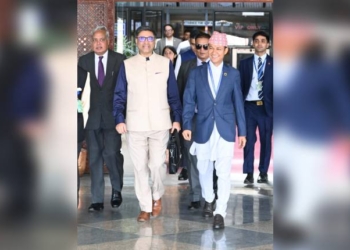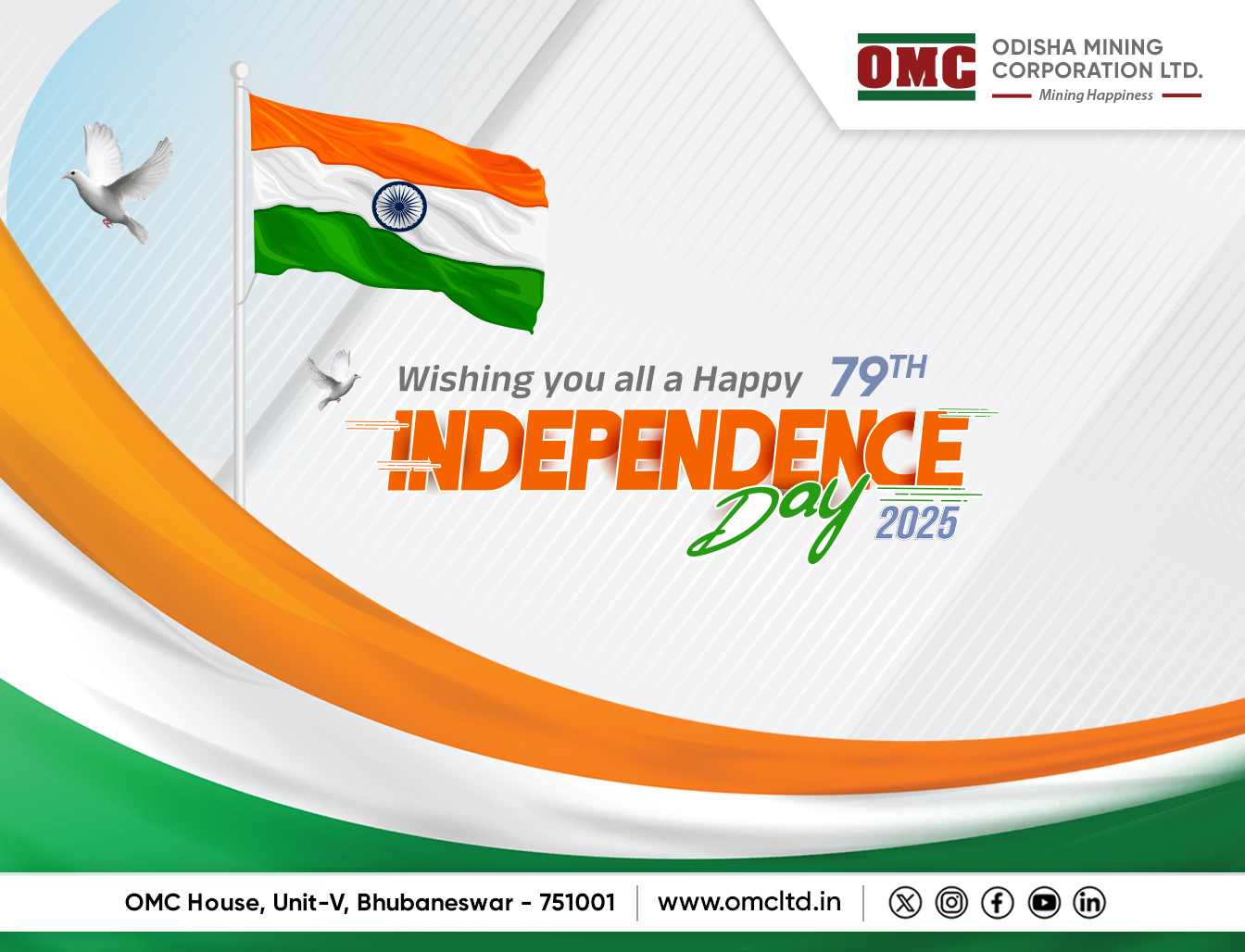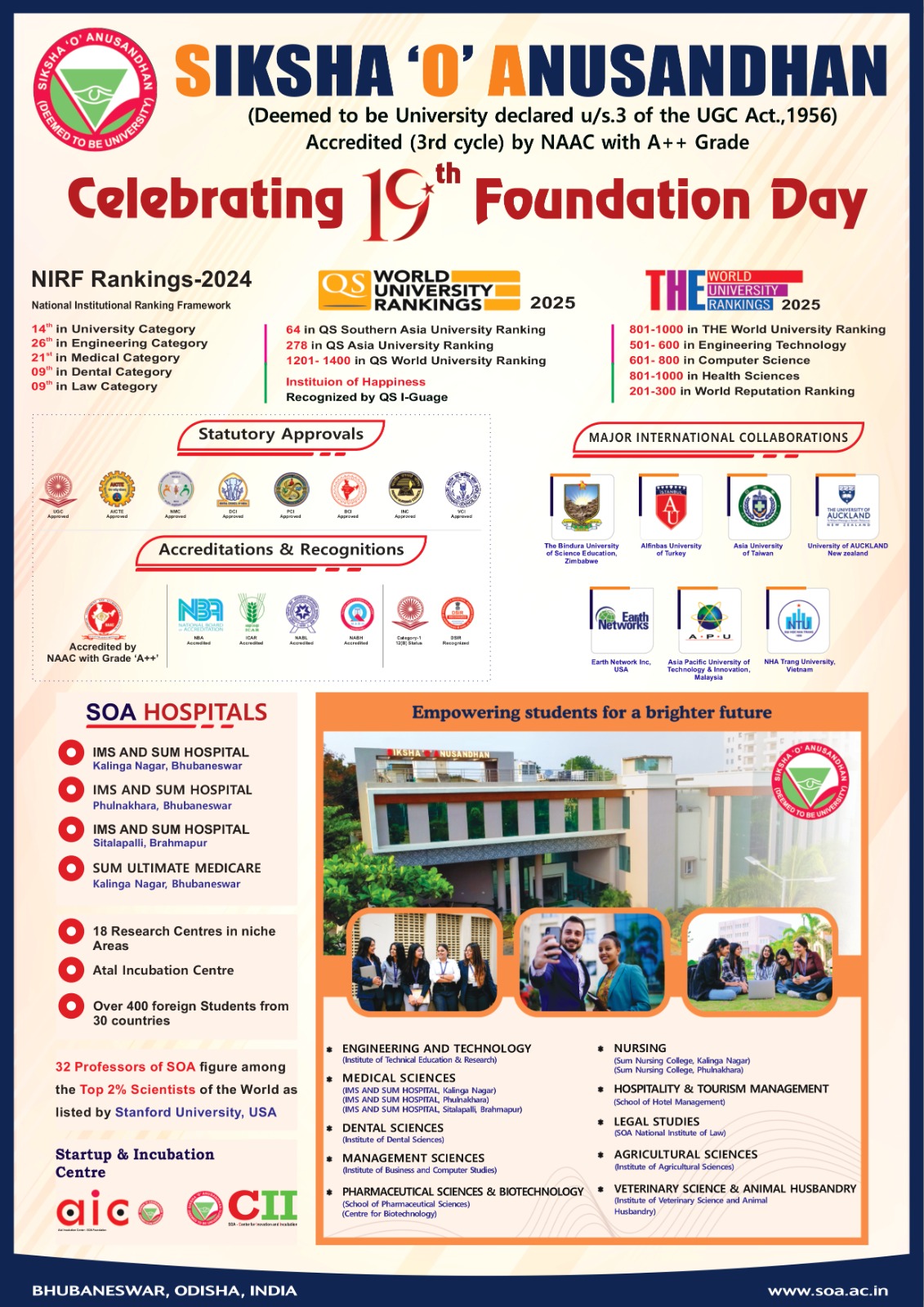Every year Indian citizens celebrate January 26 as Republic Day. This is to commemorate the day when the Constitution of India was adopted as a universal social contract between the people, the states and union territories that collectively established the Republic of India, between 1947 and 1949, after the of independence of the sub-continent on August 15, 1947.
The Constitution of Pakistan was approved by Parliament in 1973. It came into being after and as a result of popular revolt against the military that led to the breakup of its eastern wing which became Bangladesh in 1971.
The Constitution was adopted after the masses of the country waged a bitter uprising against the military rule (1968-1971) of the former presidents General Ayub Khan and Yahya Khan.
At the time, Pakistani military establishment was dealing with the humiliation of 1971 war which had not only led to the break-up of the country but ended with 93,000 Pakistani soldiers and officers taken as prisoners of war. This was the largest number of combat troops of a conventional army that ever surrendered on a single war front since the end of the Second World War.
In Pakistan, the industrial workers and peasants had taken over the factories and agricultural farms while the industrialists and big landlords fled to Europe.
Students were in revolt too and educational institutions were taken over by student committees which began to run the administration of the institutions by themselves.
At the time, Pakistan was faced with a crisis that had culminated because of an extremely centralised 10 year long military dictatorship which had established ‘One Unit’ thereby abolishing the provinces independent autonomy.
Today the Baloch, Pashtun, Sindhi nations and those living in the occupied territories of Jammu and Kashmir and Gilgit-Baltistan are up in revolt against 75 years’ oppression conducted by the Pakistan military in the name of Islamic culture’ (read Arab).
The Indian Constitution came into being after a long and arduous struggle against British colonial rule. And therefore it reflects the wishes of the masses.
It states, “India…shall be a union of states” and “we, the people of India, having solemnly resolved to constitute India into a sovereign socialist, secular and democratic republic”.
Pakistan’s Constitution on the other hand, proclaims in its preamble, “sovereignty over the entire universe belongs to Almighty Allah alone, and the authority to be exercised by the people of Pakistan within the limits prescribed by Him is a sacred trust.”
Article 2(a) states “Islam shall be the state religion in Pakistan”. End of story.
As already described, the Indian Constitution represents a will of the people who had fought for their independence, equality and prosperity. On the other hand, the Pakistani Constitution represents the culmination of a vile campaign based on Two-Nation Theory propagated by Muhammed Ali Jinnah.
Hence, the Pakistani Constitution represents supremacy of religion over the will of the people.
India’s Constitution has established the supremacy of the will of the people making it the world’s largest democracy. Pakistan has earned itself the title for exporter of terrorist jihad and smuggling uranium and heroin.
Pakistan has ended up as a country ruled by military dictators directly or through manipulation within the corridors of power.
Today, people living under the occupation of Pakistan look towards India as a model for both economic success and governance.
This is the reason that the people of both Pakistan occupied Jammu and Kashmir and occupied Gilgit-Baltistan will be adopting the Indian Constitution in letter and spirit the day they win their freedom.
The comparison between the Constitutions of India and Pakistan is rooted their legacy. The struggle for freedom of India from the yoke of imperialism. The result of adopting each constitution by the respective countries has had different consequences.
Today, India is the world’s fifth largest economy and by 2035 predicted to become a $12 billion one.
The decaying legacy of the struggle for Pakistan that it would become the dawn of the revival of an Islamic Khilafat like the Ottoman Empire, has ended up in a state harbouring jihadi terrorists.
India strives for peace and coexistence. Pakistan strives for converting or killing Hindus, Sikhs and all those who are not of the Muslim faith.
Pakistan’s Constitution has resulted in creation of one of the most undemocratic nations in the region where the military establishment calls the shots. Its economy is in doldrums and near collapse. Its people are disunited and up in arms.
Pakistan has become a country that is being kept alive by the artificial method of loans and grants.
India has become a giver while Pakistan has ended up with a begging bowl.
(Dr Amjad Ayub Mirza is an author and a human rights activist from Mirpur in PoJK. He Currently lives in exile in the UK.)




